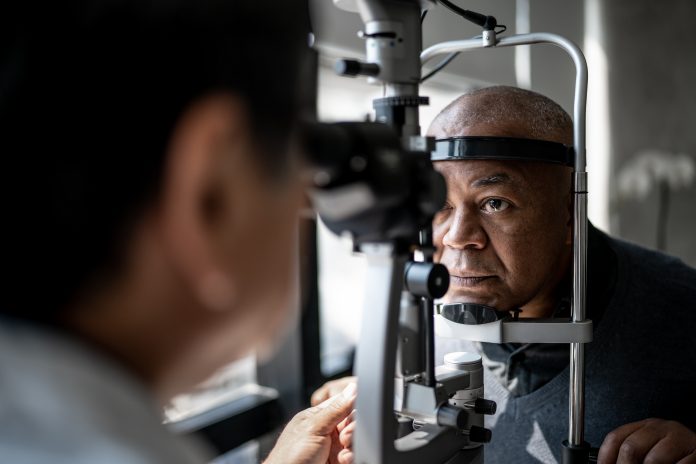
Research led by St George’s University of London shows that retinal imaging can be a good predictor of cardiovascular health when combined with artificial intelligence (AI) analysis tools.
As reported in the British Journal of Ophthalmology, the team created an AI-based tool using information from more than 65,000 individuals to analyze changes to the vasculature in the eyes and assess links to cardiovascular disease risk.
Cardiovascular disease impacts millions of people around the world every year. There are some ways to predict who is most likely to develop cardiovascular symptoms, or experience potentially life-threatening events such as heart attack or stroke, but these are inconsistent at best and many people are not aware they are at risk.
Research suggests that the width of small blood vessels in the retina could be a predictor of cardiovascular disease risk, but data on how accurate and consistent these predictions are is lacking.
To try and understand the value of this data, first author of the study Alicja Regina Rudnicka, a professor at St George’s University of London, and colleagues developed an automatic AI algorithm (QUantitative Analysis of Retinal vessels Topology and siZe, or QUARTZ) to develop models to assess how well retinal vasculature imaging, as well as known risk factors, can predict vascular health and death.
Predictive cardiovascular disease models (for stroke, heart attack, and death from circulatory disease) were developed using imaging and health data from 65,144 UK Biobank participants (average age 57 years) and then validated using data from 5862 participants (average age 68 years) of the EPIC-Norfolk study.
Looking at a range of different models and groups, adding retinal vasculature to other risk factors captured five to eight percent more stroke cases in the UK Biobank cohort. In the EPIC Norfolk group, three percent more stroke cases in men were picked up using the model that included retinal vasculature, but it did not improve prediction for women.
Using a more complex model, adding retinal vasculature did not add much to existing risk scores (Framingham Risk Score) for heart attack prediction, but a simpler model based on age, sex, smoking, medical history and retinal vasculature performed as well as the Framingham Risk Score. A big advantage of such a model is it is completely non-invasive and does not need blood tests or blood pressure measurement to predict who is at risk.
“The results strengthen the evidence from several similar studies that the retina can be a useful and potentially disruptive source of information for CVD risk in personalized medicine,” write Ify Mordi and Emanuele Trucco, University of Dundee, in an accompanying editorial in the same journal.
“What is now needed is for ophthalmologists, cardiologists, primary care physicians and computer scientists to work together to design studies to determine whether using this information improves clinical outcome, and, if so, to work with regulatory bodies, scientific societies and healthcare systems to optimize clinical workflows and enable practical implementation in routine practice.”











